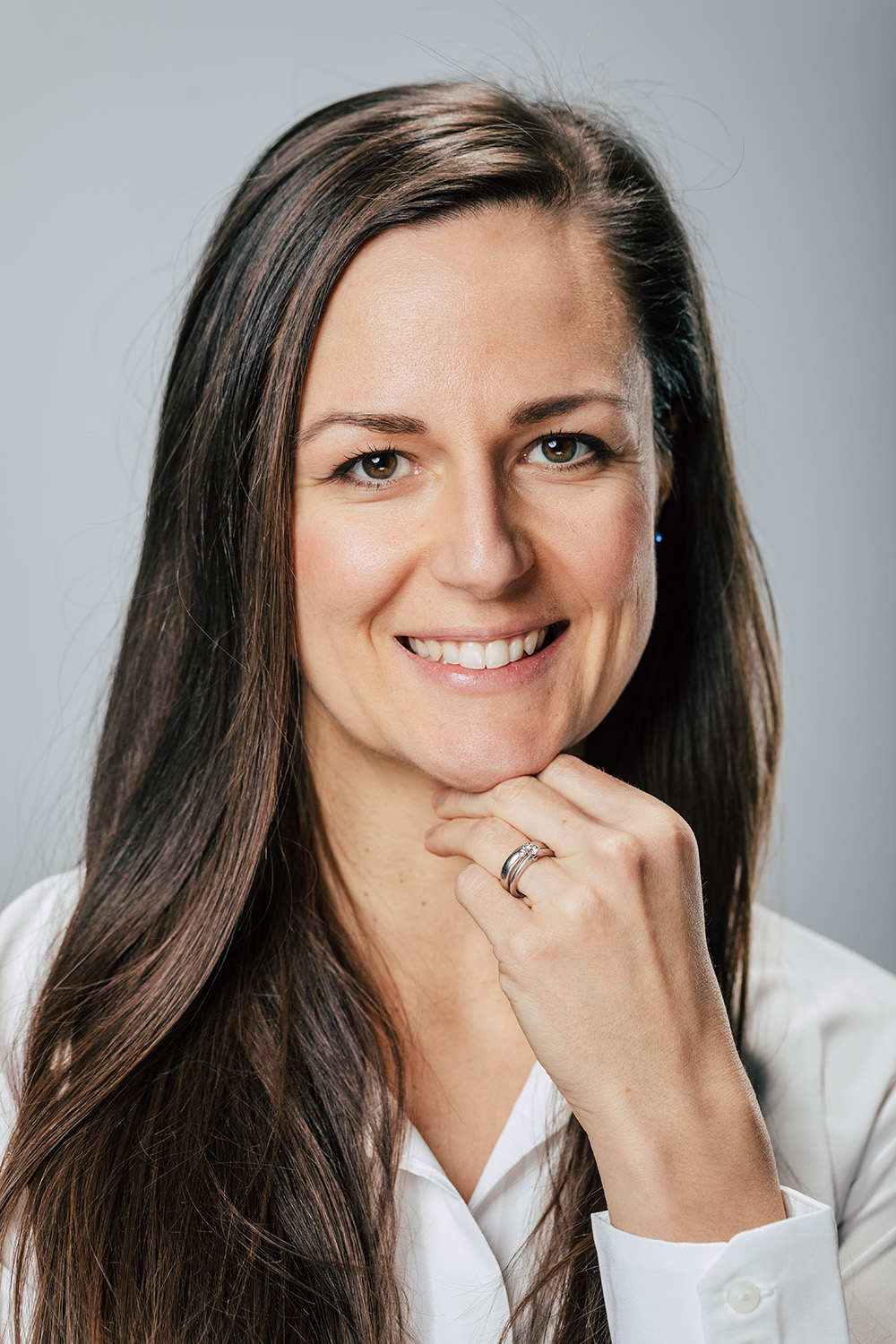Esophagogastroduodenoscopy
About
Gastroscopy is an endoscopic examination that examines the inside of the esophagus, stomach and the beginning of the small intestine, i.e. the duodenum, with an optical, flexible instrument like a telescope called an endoscope. It is the only examination with which we can reliably detect changes in the mucous membrane, i.e. inflammation and damage to the mucous membrane, such as erosions (surface damage to the mucous membrane), ulcers (ulcers and deeper damage to the mucous membrane) and tumors (benign and malignant).
Candidate
You are in need of gastroscopy when you have problems such as indigestion, pain in the upper abdomen, difficulty swallowing, weight loss, vomiting and bleeding, and when you develop sideropenic anemia (anemia due to iron deficiency).
Preparation
On the day of the examination, it is necessary to come on an empty stomach, i.e. do not eat, drink or smoke!
Treatment
Before the examination, your throat will be sprayed with a local anesthetic to reduce the sensation and vomiting reflex that may occur when the endoscope is passed through the throat. Gastroscopy is performed while lying on your side. After placing the mouthpiece (a small tube that you have to bite and hold with your teeth), the doctor will carefully insert the endoscope into the mouth through it. You will be asked to swallow so that the endoscope can more easily reach the esophagus and stomach. You can breathe normally during the test. When the endoscope is inserted into the stomach, air is usually blown through the tube to inflate the stomach, flatten the walls and see the stomach lining. At that moment, you may feel a little nauseous. A tiny camera on the top of the endoscope sends an image of the inside of your stomach to a screen where the doctor can see your esophagus, stomach and small intestine. If necessary, the doctor will take a sample of stomach tissue (bioptate) for pathohistological analysis and/or remove polyps. This is done with tiny instruments inserted through the endoscope and is mostly painless and quick. When the examination is finished, the endoscope is taken out quickly and easily. The results are ready the same day. During the examination, it is necessary to carefully listen to the advice of the doctor and nurse in order to make the procedure as pleasant as possible. In case of a biopsy, you will receive the findings, i.e. the pathohistological diagnosis (PHD), later.

Send an inquiry for the treatment
Start your way towards a successful treatment today. Fill out the form with your data, choose the service you need and we will connect you with the top medical experts in Zagreb.